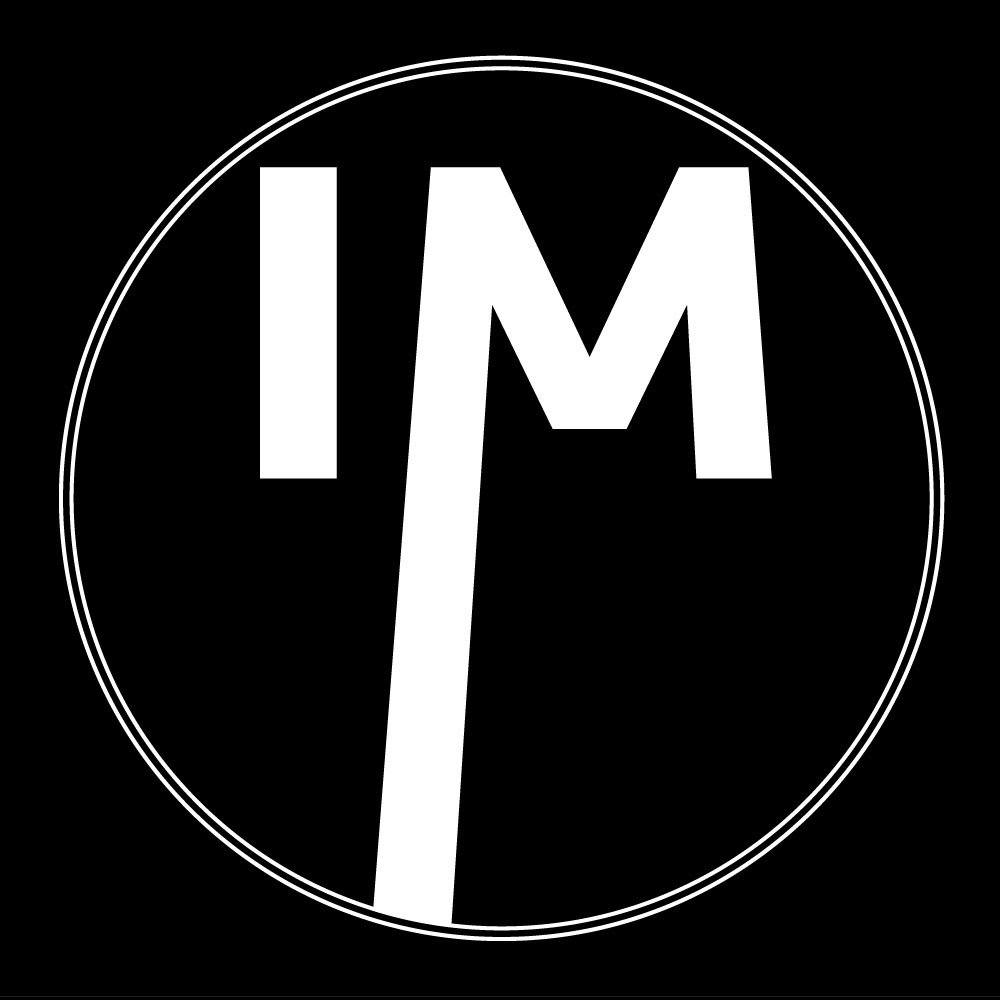My reflections on the class The Artmaking Process - Art Education 7604 AU 2023 taught by Dr. jt Eisenhauer Richardson, begin and end with the statement: this class is a game changer for me as a teacher, a mentor, and as an artist. I have known about the idea of ‘Play’ as an artist for some time but until this semester, I was unaware of how it could help me reach my goal preparing students to be creative problem solvers through making art.
My most significant take away from the class was how I could integrate the idea of ‘Play’ into my teaching. Sydney Walker tells us right off the bat that Play is tough to define. “Although it seems that defining play should be a straightforward enterprise, the difficulty of corralling it, a complaint often echoed by theorists of play, indicates its complexity as well as its illusiveness.” (Walker, pg. 13) For me, the definition I attach to the word Play comes from the Miriam Webster dictionary “scope or opportunity for action”. As a creative, I have embedded the idea of Play into my brain as an opportunity to think freely and without judgement. Play is the space where I can be as outrageous or as buttoned up as I want to be. I see the idea of Play as not a game to be completed but as a frame of mind to use when creativity is needed. As Walker suggests, “extensive literature surrounds play, theorizing located in education, sociology, philosophy, anthropology, psychology, and game studies. While I have drawn upon this body of work, it has been in a highly selective manner, laying hold of concepts that resonate with classroom artmaking. This approach led me to highlight six types of play and delineate the text chapters through them. These are nonsense play, physical play, experimental play, social play, participatory play, and chance play.” (pg. 5).
Walker’s chapters on the six types of Play opened the door to formalizing the idea of Play so that I could create lessons deeply rooted in my teaching core belief of using art to turn out creative problem solvers years after their last art class. I have now been able to apply lesson plans that create the space for students to see that art is not a cookie-cutter class where expectations need to be met in order to succeed, all based in the ideas of Play.
Before this course, I was utilizing the ideas laid out in this class to students in VERY broad strokes by creating spaces for them to explore their own creativity. Much of what I was teaching was left up to the student to either grasp or neglect the idea of Play. Since this course, I’ve been able to hone in on specific lessons (using repetition, verbs, chance, etc.) to directly impact the student’s way of thinking about creativity while showing them that literally anything is possible with their camera.
If you can problem solve it, you can theoretically make it.
Annotated Bibliography:
Walker, Sydney. (2022). Artmaking, Play, and Meaning Making. Davis Publications, Worcester, MA.
This book details the ways that Play can be used within the artmaking process along with hundreds of examples of real-world artists utilizing it as well as teachers utilizing Play within their classrooms. Walker takes us through detailed ways to get students to think differently about making art via chance, movements, repetition, community creation, and many other ideas. This book should be taught to all art teachers in hopes of creating a basis for creativity at the grade school art level.
Ingold, Tim. (2013). Making – Anthropology, Archaeology, Art and Architecture. Routledge Publishing, New York, NY.
Ingold spends much of this book describing the ideas of creating and making as anthropology and thus the data presented to a culture by creating something can be used to study the culture as well as the individual. The acts of using one’s senses to glean even more information from various cultures through collection and art is just as important as reading about other cultures. Serious cultural connections can be made by replicating the creative process yourself as you study other peoples, places, and things.
Kaprow, Alan. (1986) Art Which Can’t be Art. Letter, self-published.
Kaprow, a well-known artist, used this letter to define why the mundane actions of humans, when repeated with purpose, can be considered art and not just sociology. The relationship between the artist, the action, and the documentation cannot be disconnected and thus must be received as art.
Kaprow, Alan. (1996) Just Doing. Keynote address for 'Performance Art, Culture, and Pedagogy symposium held at Pennsylvania State University 13-16 November, 1996.
Kaprow uses this keynote speech to show how performance art can be considered a higher form of creativity. Kaprow shows us how experiential art can be fleeting to the performer but lifelong for the viewer. Kaprow uses polite public rules in his favor to create a palpable imbalance within his works, occasionally pitting people in public against their better judgement for the sake of art. Kaprow uses his examples to show that art can create imbalance and make people think without much effort.
Smith, Phil. (2013). Walking-Based Arts: A Resource for the Guided Tour, Scandinavian Journal of Hospitality and Tourism. Routledge Publishing, London, UK.
Smith uses this article to connect how art is created when the path of what should be happening is strayed from. Using tour guides as a metaphor for creativity, Smith shows us episodic regurgitation of information is bland and boring while the spontaneity of freethinking creates flashes of greatness and holds attention longer. Thus, spontaneity creates art just by it’s own introduction.

